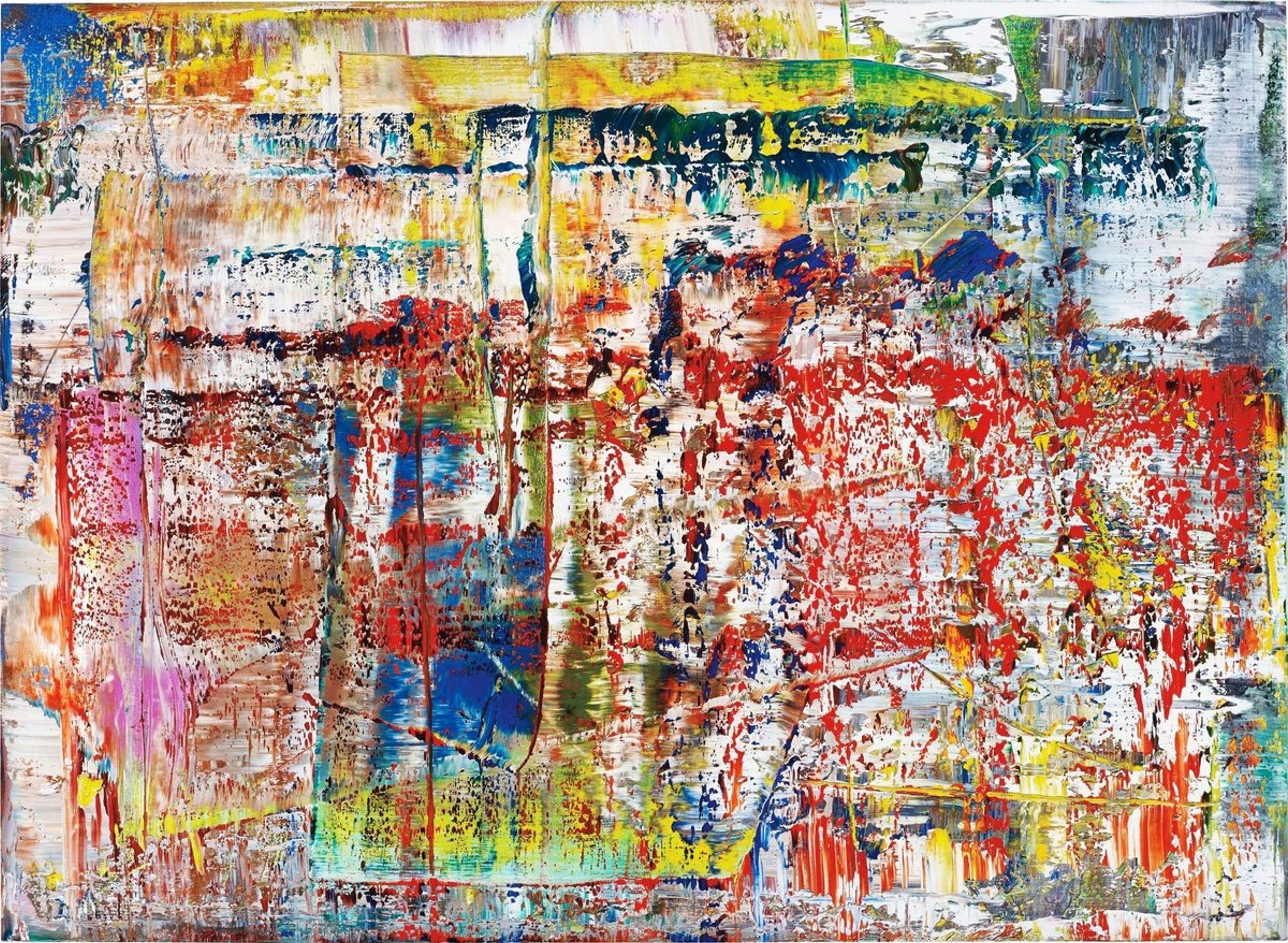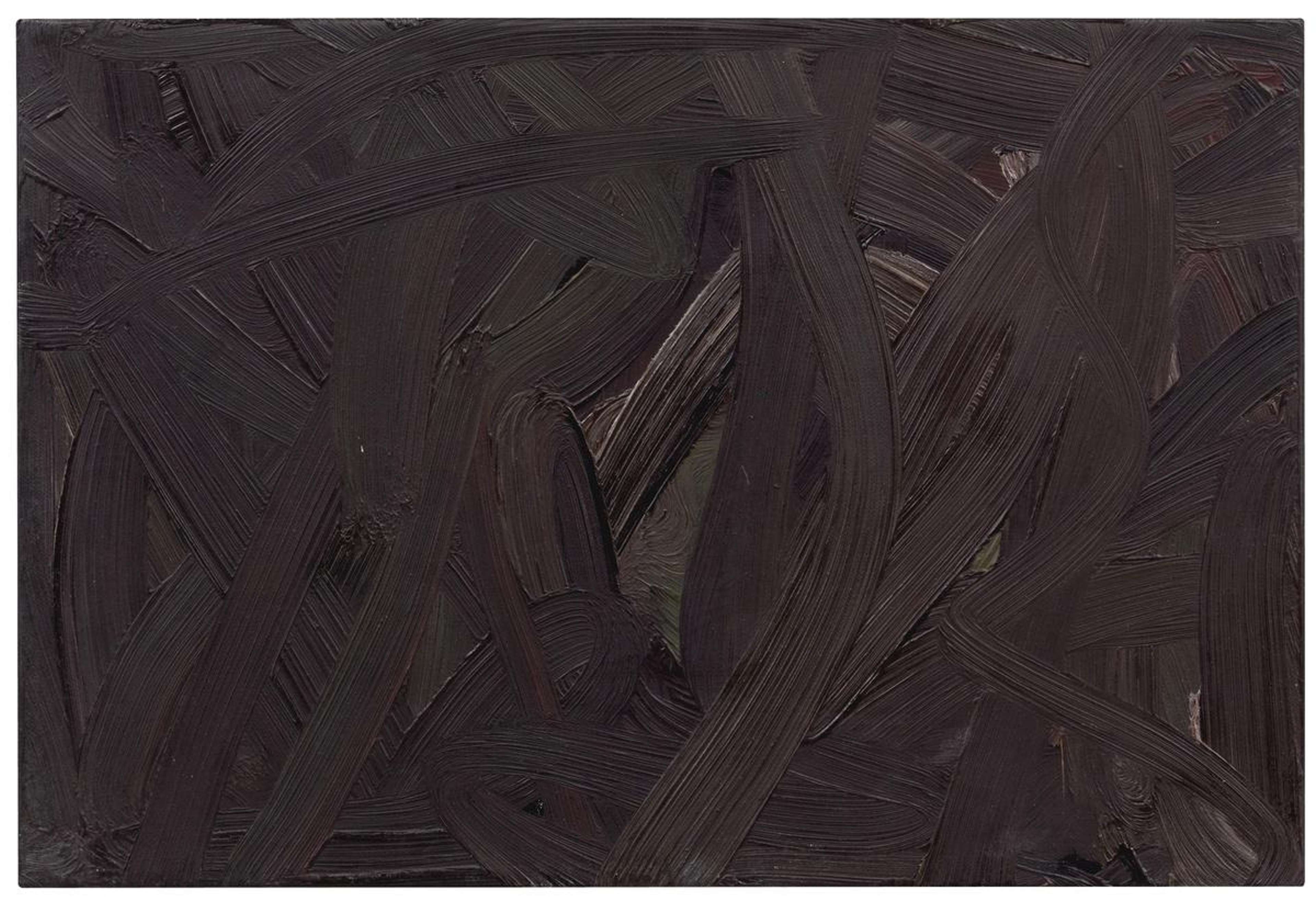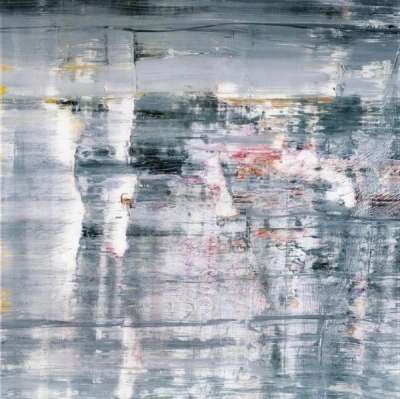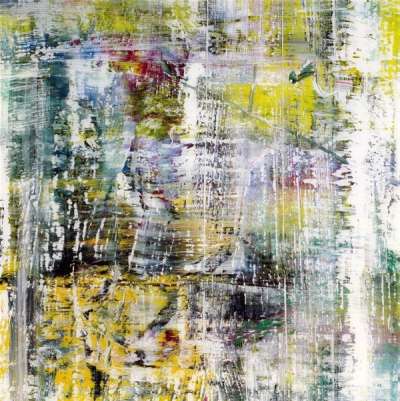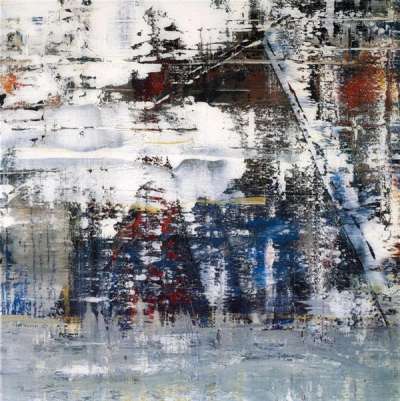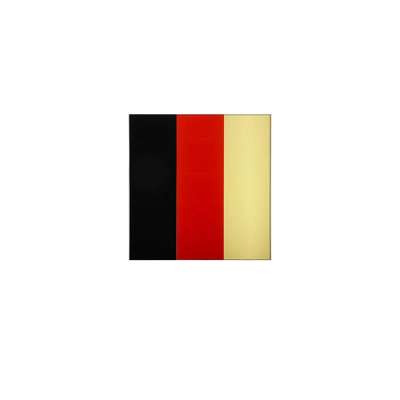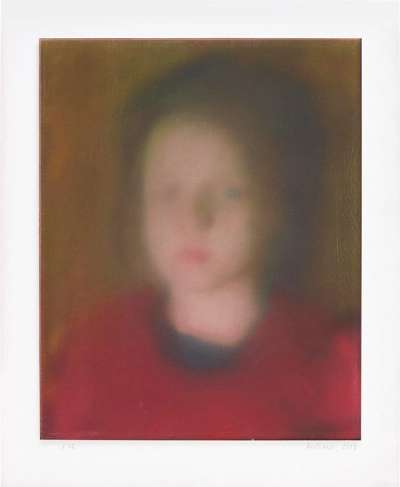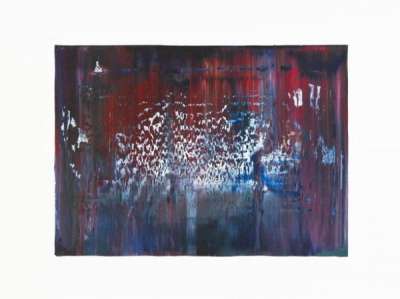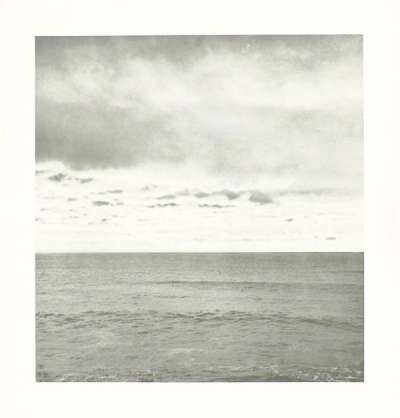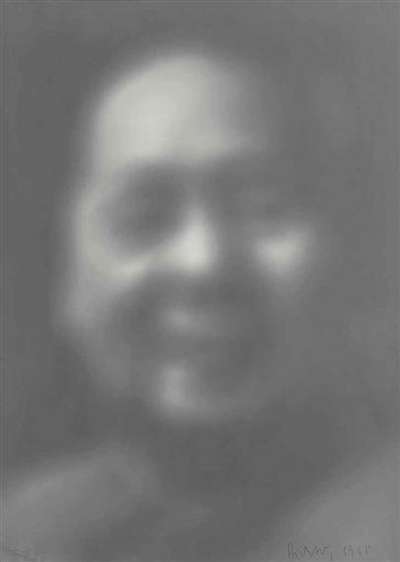 Ifrit (P8) © Gerhard Richter 2014
Ifrit (P8) © Gerhard Richter 2014
Gerhard Richter
141 works
Key Takeaways
Gerhard Richter is known for his relentless exploration of painting's potential to represent and transcend visual reality. From his expressive abstract canvases to his haunting Birkenau series, Richter has maintained a dedication to artistic evolution across more than sixty years. In his work, he challenges how we perceive images and the memories they hold, merging abstraction with realism in a way that forces viewers to question the very nature of representation.
Gerhard Richter's artistic techniques underscore his fascination with the boundaries of visual representation, the layering of history, and the creation of complex emotional landscapes. Through his groundbreaking approaches in painting, photography, and printmaking, Richter has blurred the lines between realism and abstraction, encouraging viewers to ponder the relationships between memory, destruction, and reconstruction. His artistic choices, such as his use of the squeegee tool and blending of photographic and painterly effects, have established Richter as an incredibly influential figure in modern art.
Painting and The Squeegee Technique: Reinventing Surface and Texture
Driven by his fascination with the blurred boundaries between reality and abstraction, Richter uses unconventional techniques to transform the painterly surface. One of his most distinctive techniques is his use of the squeegee, a large, flexible tool he employs to drag layers of paint across the canvas, achieving intricate, textured effects. This technique, which emerged in the late 1970s, was a pivotal departure from traditional brushwork and brought an entirely new dimension to his work, allowing Richter to expand the boundaries of painting and rethink how art interacts with chance, control, and meaning. The squeegee introduces an element of spontaneity that upends the controlled precision usually associated with painting. Instead of using a brush to meticulously apply colour, Richter lets the squeegee generate unpredictable patterns, smears, and colour gradations that resist interpretation and create an almost mechanical aesthetic.
With his squeegee technique, Richter challenges the spontaneous brushwork of Abstract Expressionism by introducing a sleek, almost industrial surface. Each pass of the squeegee leaves traces of chance, creating a tension between artistic control and randomness that pushes viewers to reconsider the boundaries of artistic intention. The squeegee allows him to both obscure and reveal layers of underpainting, producing a tension between order and chaos, foreground and background. This interplay resonates with Richter’s philosophy that each element on his canvas should carry equal weight; in his view, no part of an artwork should dominate over another, leading him to ‘blur’ everything so that each component, vibrant or muted, feels equally integral and insignificant. The squeegee’s ability to cover, conceal, or distort evokes a hauntingly detached process, echoing the way memory itself often fragments and reconfigures our perceptions of reality. Through this tool, Richter creates landscapes of abstraction that feel both boundless and restrained.
The Birkenau Series
While Richter’s squeegee technique disrupts conventional brushwork, his exploration of history and memory reaches new depths in his Birkenau series. Here, he applies his fascination with abstraction and obscurity to one of history’s most profound traumas, prompting questions about what can and cannot be represented on canvas. Richter’s Birkenau series, completed in 2014, was inspired by four clandestine photographs from Auschwitz-Birkenau taken by prisoners, reflecting Richter’s intense meditation on the Holocaust’s incomprehensibility. By first painting detailed, realistic renditions of these photographs and then layering chaotic strokes of paint over them, Richter enacts a powerful visual metaphor for the way trauma often obscures memory, leaving only fragments of the original experience visible. This process of erasure is not just an artistic choice but a philosophical statement, suggesting the modification of realistic images with paint mirrors collective memory’s tendency to obscure and distort the past. The resulting canvases are both haunting and contemplative, conveying that memory’s remnants are often fragmented and partially hidden. By covering these images yet leaving traces, Richter underscores the tension between remembering and forgetting, urging viewers to confront history’s silences while recognising the inherent limitations of representation.
Overpainted Photographs: Layers of Memory and Transformation
Continuing his exploration of the blurred boundaries between reality and abstraction, Richter’s Overpainted Photographs offer a more personal, introspective approach, inviting viewers to experience memory as both enduring and fragile. In these works, Richter took personal snapshots, mundane landscapes and city scenes, and added spontaneous layers of paint. Using leftover pigment from his larger canvases, he would scrape, smear, or dapple the paint onto these photographs, disrupting the familiar and ordinary with dynamic, abstract forms.
This fusion of paint and photograph heightens the inherent tension between two types of image-making; the photograph, which is fixed and seemingly objective, and the paint, which is tactile and subjective. By partially concealing the original image, Richter creates a sense of ambiguity that invites viewers to explore the interplay between reality and transformation. The overpainted photographs are snapshots in flux, where recognisable forms remain but are altered by painterly gestures, suggesting that our memories and perceptions are never truly static. These works transform the familiar into something mutable and complex, embodying Richter’s belief that even the most recognisable moments are vessels for reinterpretation. Through these works, Richter delves into themes of memory, identity, and perception, showing that reality is not only captured but continuously reshaped by the mind and the artist’s hand.
Printmaking: Precision and Experimentation
Just as Richter brings abstraction into photography, he finds new expressive possibilities within printmaking, employing a variety of techniques including photogravure, offset printing, and screen printing. These methods, which are typically associated with mechanical reproduction, serve as both a challenge and a means of exploring the interplay between photography and painting. What sets Richter apart in his use of these processes is his ability to manipulate the inherent mechanical nature of printmaking to produce works that seem to transcend their medium, achieving effects that blur the lines between photographic realism and abstract painting.
Richter often begins with photographs that he transforms through methods such as layering, mirroring, and distorting. The resulting compositions are complex and multifaceted, evoking a sense of fluidity and movement that mirrors his approach to painting. In these prints, Richter’s characteristic manipulation of form and colour emerges through the precise yet unpredictable nature of the printmaking process. Just as in his paintings, he allows elements of chance to influence the outcome, creating a tension between control and spontaneity. This sense of unpredictability is not only a hallmark of his painting but extends into his printmaking, where the mechanical process itself becomes a site for creative innovation. Through printmaking, Richter not only expands his visual vocabulary but also deepens his exploration of the intersection between art, technology, and the process of image creation, offering viewers a new lens through which to contemplate the evolving nature of the image in contemporary culture.
Across each medium, Richter’s techniques serve as a unified investigation into perception, reality, and transformation. Through his career-long experimentation, he invites viewers to reconsider how images shape our understanding of history, identity, and memory, leaving an indelible mark on contemporary art. By merging control with chance and realism with abstraction, Richter offers a uniquely complex vision that has deeply influenced contemporary art. His work not only captures reality but reshapes it, transforming familiar images into something ambiguous and profound. Through these methods, Richter continues to inspire new ways of thinking about the fractured relationship between reality and its representation, urging viewers to see beyond the surface and into the depths of what images can truly convey.






